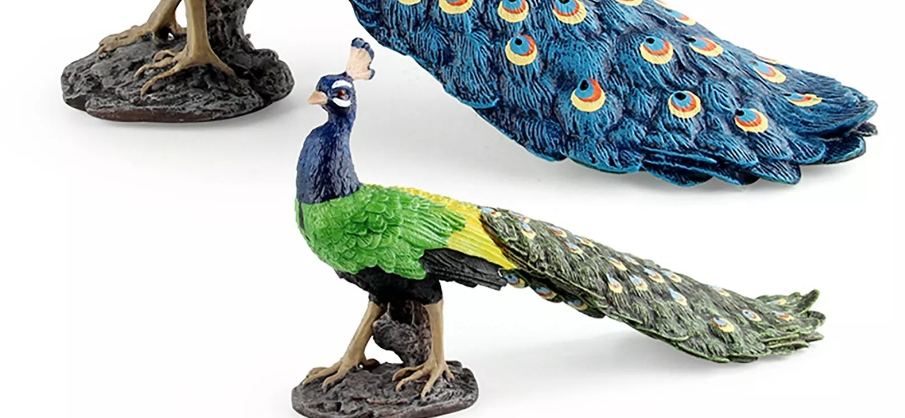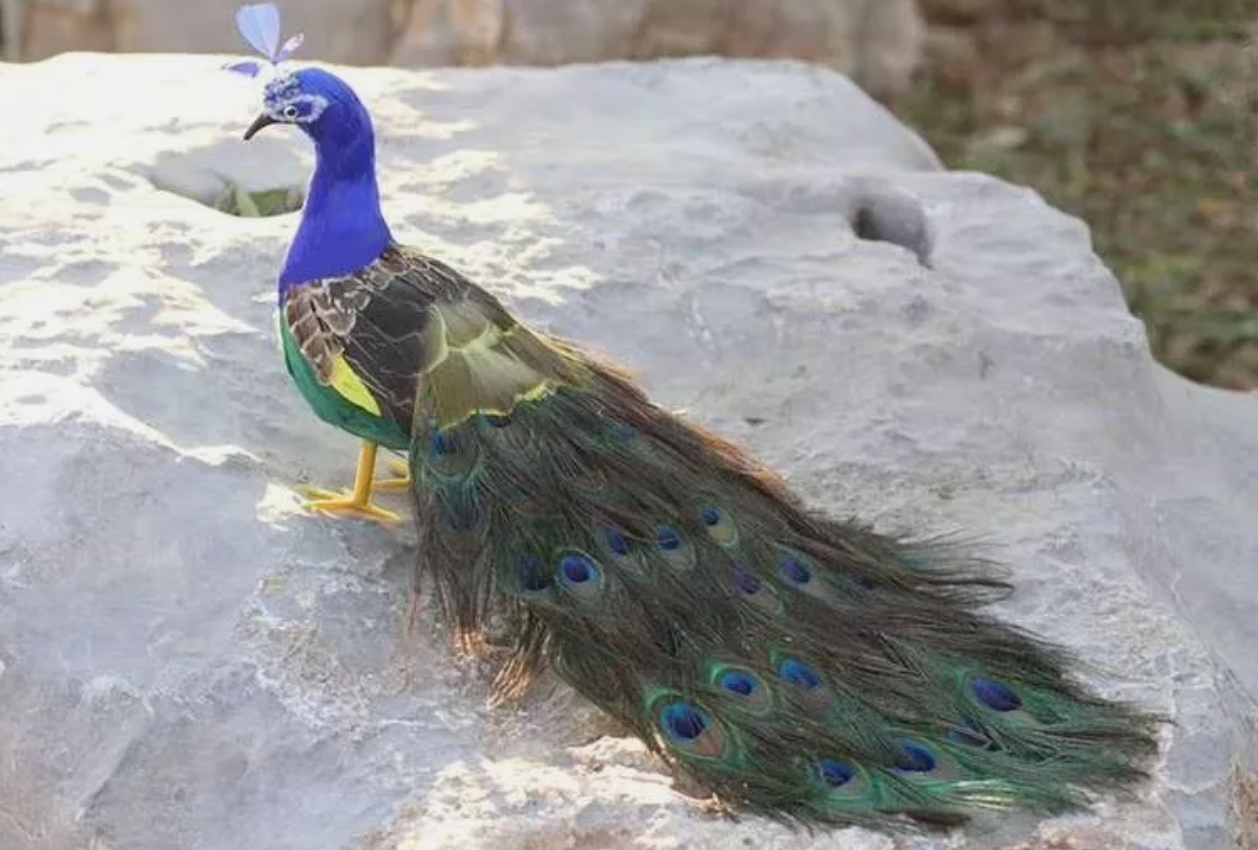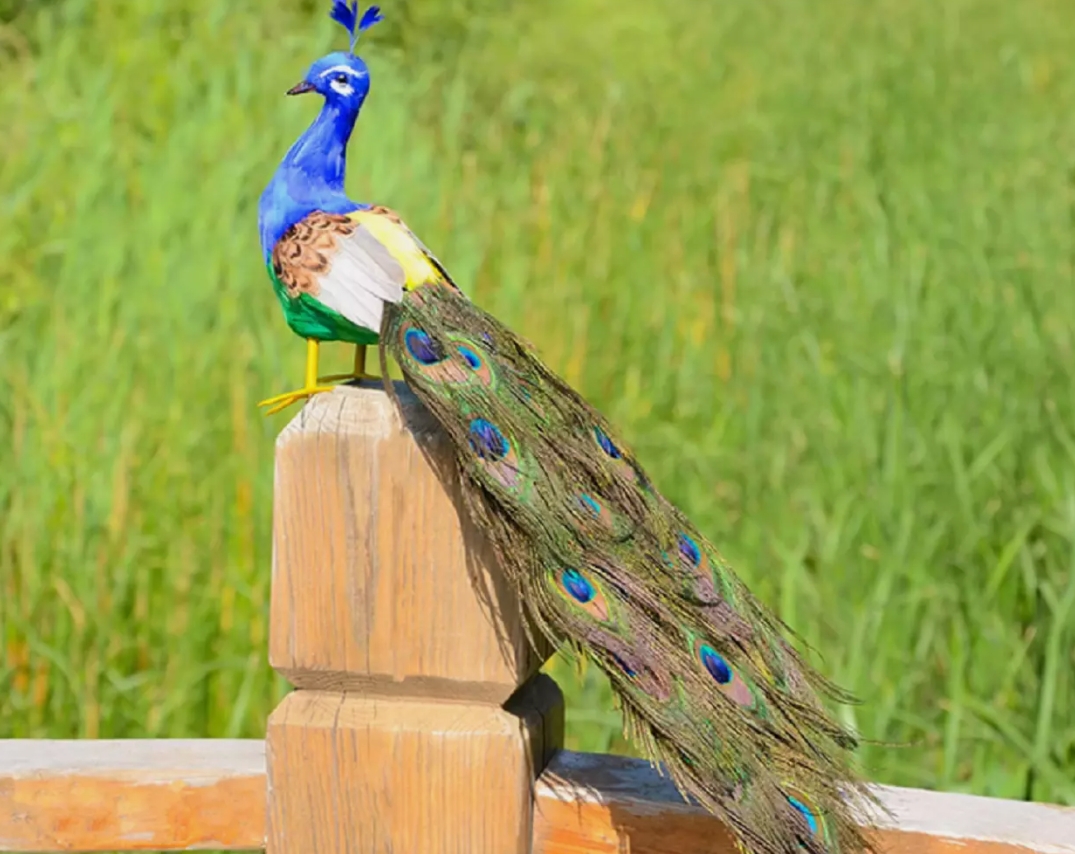Peacock model is a theoretical framework used to describe and analyze various phenomena, especially in the fields of ecology, economics and sociology. The core idea of this model is to reveal the regularity and complexity of group behavior by understanding the interaction between individual behavior and environment.
In ecology, the peacock model is often used to explain the selectivity and adaptability of animals. The flamboyant plumage of peacocks, for example, may also make them more visible to predators, although it attracts mates during courtship. This seemingly contradictory trait, in fact, reflects the complexity of natural selection, that under certain circumstances,some characteristics can improve an individual's reproductive success,while others may increase survival risk. This balance allows populations to remain stable in a changing environment.
In economics, the peacock model is used to analyze the relationship between consumer behavior and market competition. In many cases, consumers' choices are not based solely on product features or price,but are influenced by factors such as social trends, brand image and personal identity. By building peacock models, economists can better understand how to make decisions in an uncertain market environment and predict the changing trends of the market. This provides an important basis for enterprises to formulate marketing strategies, so that they can more effectively meet the needs of consumers.
At the same time,in the field of sociology, the peacock model also enables people to understand the relationship between social stratification and individual behavior. The status, image and social recognition of individuals in the social network often affect their behavior and choice. This phenomenon is particularly evident in career development and interpersonal relationships,where individuals often improve their status in society by displaying their achievements or resources,thus better integrating into society.




